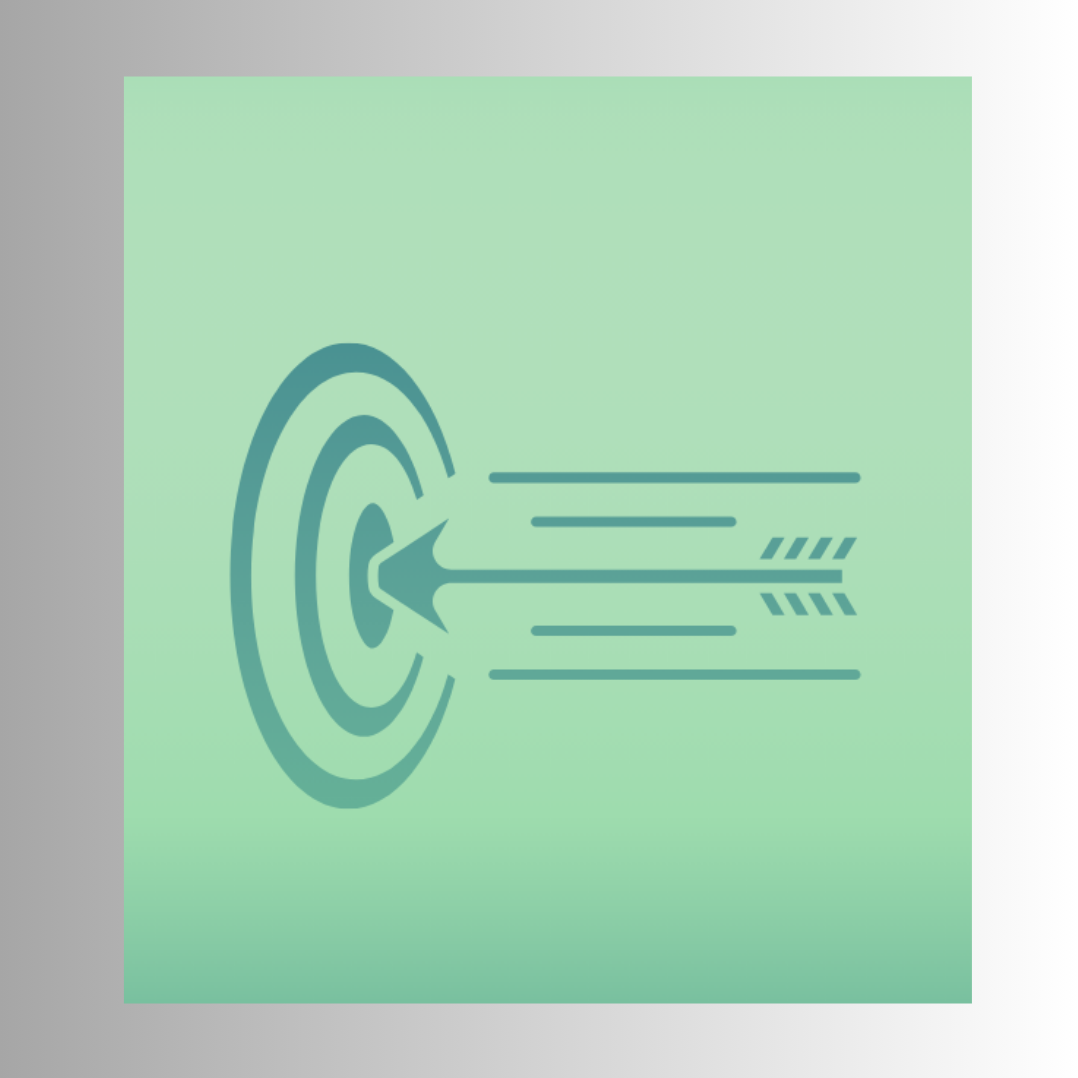
The Principle of Reciprocity: Why Small Gifts Create Big Obligations
Imagine walking into a store and being handed a free sample of chocolate. You did not ask for it, but now you feel a subtle pull. Maybe you end up buying the whole box. That pull is not random. It is the principle of reciprocity at work. Humans are wired to return favors. Even a small gift makes us feel like we owe something in return. Marketers have learned to use this bias to build loyalty, drive sales, and strengthen relationships.
The Psychology Behind Reciprocity
Reciprocity is one of the oldest social rules. In every culture, people are taught that if someone does something for you, you should give something back. It is a survival mechanism. Communities that share and reciprocate thrive. Those that do not break apart.
Psychologists have shown how powerful this principle can be. A classic experiment by sociologist Dennis Regan involved giving participants a free soda. Later, the person who gave the soda asked for a favor. People who had received the gift were far more likely to agree, even though the soda was cheap and the favor was bigger. The feeling of obligation outweighed logic.
This instinct has not faded. Today, it shows up in everyday marketing. Free samples, trial subscriptions, and bonus gifts all play into the same mental rule: once you receive, you feel pressure to give back.
How Brands Use Reciprocity in Marketing
Companies apply reciprocity in creative ways. The most common example is the free sample. Grocery stores hand out small bites of food. Beauty brands offer trial-sized products. Customers who taste or try are far more likely to buy.
Digital businesses use it too. Free e-books, webinars, and trials are not just generosity. They are hooks. Once you take the free resource, you feel more inclined to listen, subscribe, or purchase.
Even customer service can tap reciprocity. When a company goes above and beyond to solve a problem, customers feel grateful. That gratitude often translates into loyalty, positive reviews, or referrals.
The trick is not the size of the gift but the gesture itself. Small acts of giving trigger big feelings of obligation. A pen, a sticker, or a sample can unlock more goodwill than an expensive ad campaign.
Why Reciprocity Works on the Brain
The principle of reciprocity is not just cultural. It is biological. Our brains are wired to keep social balance. When someone gives us something, dopamine and oxytocin levels rise. We feel good, but we also feel a sense of unfinished business. Giving back resolves the tension and restores balance.
This is why reciprocity is hard to resist. Even when the gift is tiny, the brain treats it like a social contract. Ignoring it feels uncomfortable. Returning the favor feels satisfying. Marketers rely on this natural reaction to turn gestures into actions.
Reciprocity also builds trust. A brand that gives first signals generosity. Customers assume that if a company is willing to provide value upfront, the paid product must be even better. The act of giving lowers defenses and makes persuasion smoother.
The Ethics of Reciprocity in Marketing
While reciprocity is powerful, it can also be abused. The line between influence and manipulation is thin. If customers feel tricked, the goodwill disappears. A free gift that comes with hidden strings attached can damage trust instead of building it.
Authenticity is key. The gesture must feel genuine. A coffee shop offering a free cookie creates delight. But a hidden contract that locks customers into unwanted charges creates anger. Reciprocity should be a bridge, not a trap.
The best brands use reciprocity as a way to start relationships, not force them. They give value openly, knowing that some people will give back and some will not. The long-term loyalty from those who do reciprocate more than covers the cost.
Conclusion: Small Gifts, Lasting Impact
The principle of reciprocity shows why little things matter. A small gift can create a big shift in behavior. Customers who receive value first are more likely to buy, recommend, and stay loyal.
From free samples in stores to free trials online, reciprocity shapes countless interactions. It works because it taps into something deeply human: the need to give back. Marketers who use it wisely build trust and relationships that last. Those who abuse it risk breaking the bond.
In the end, reciprocity is not just a tactic. It is a reminder that generosity drives connection. When brands give first, customers often return the favor, not because they have to, but because they want to.
